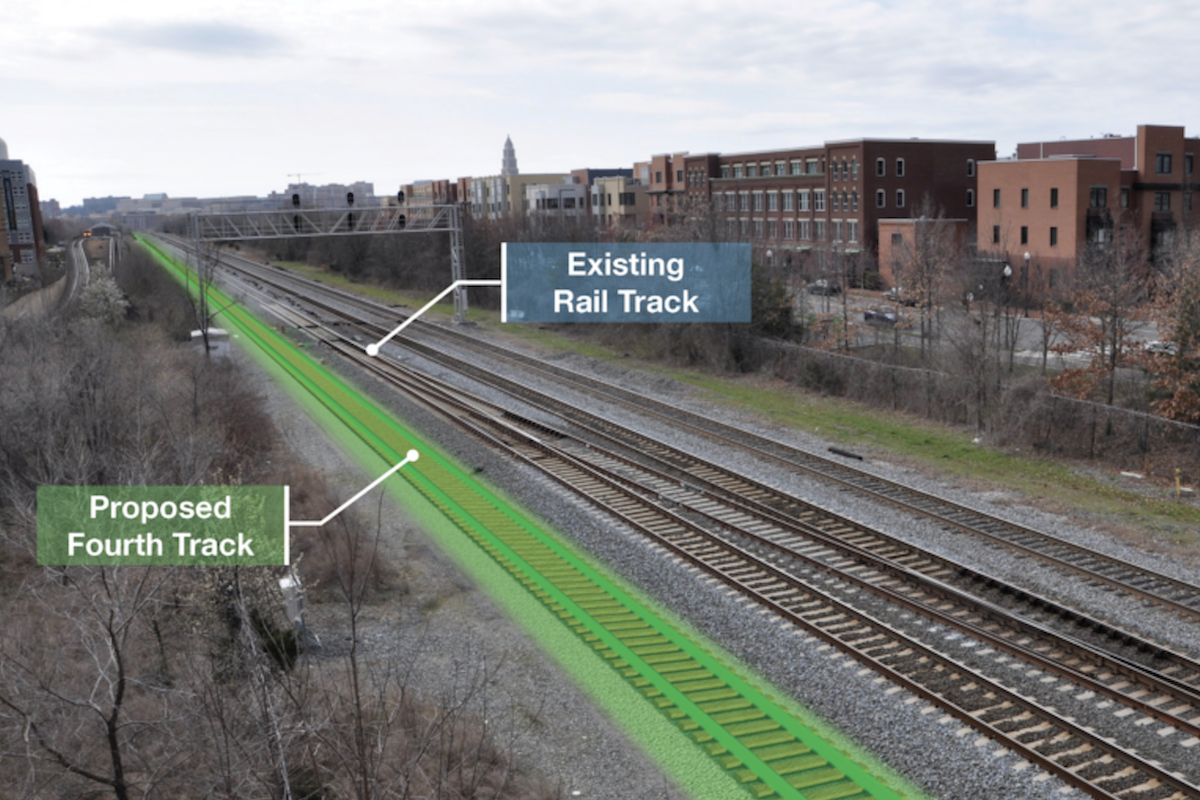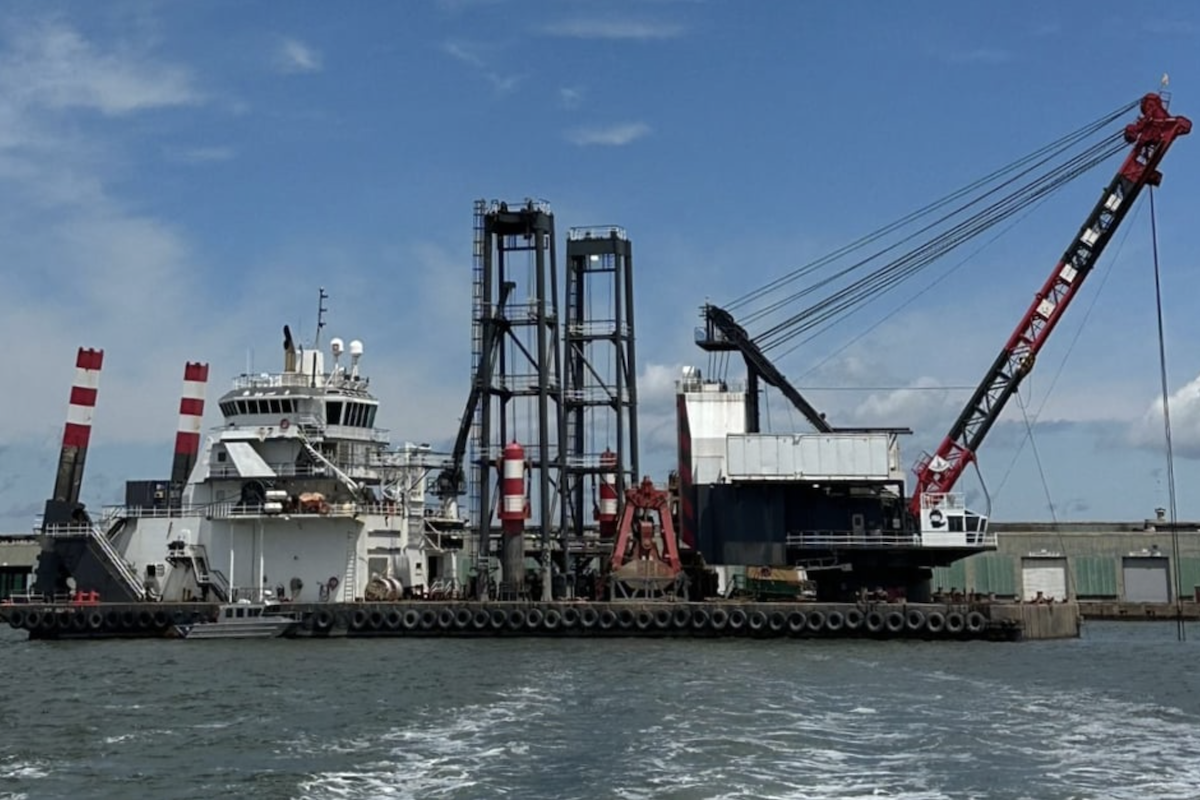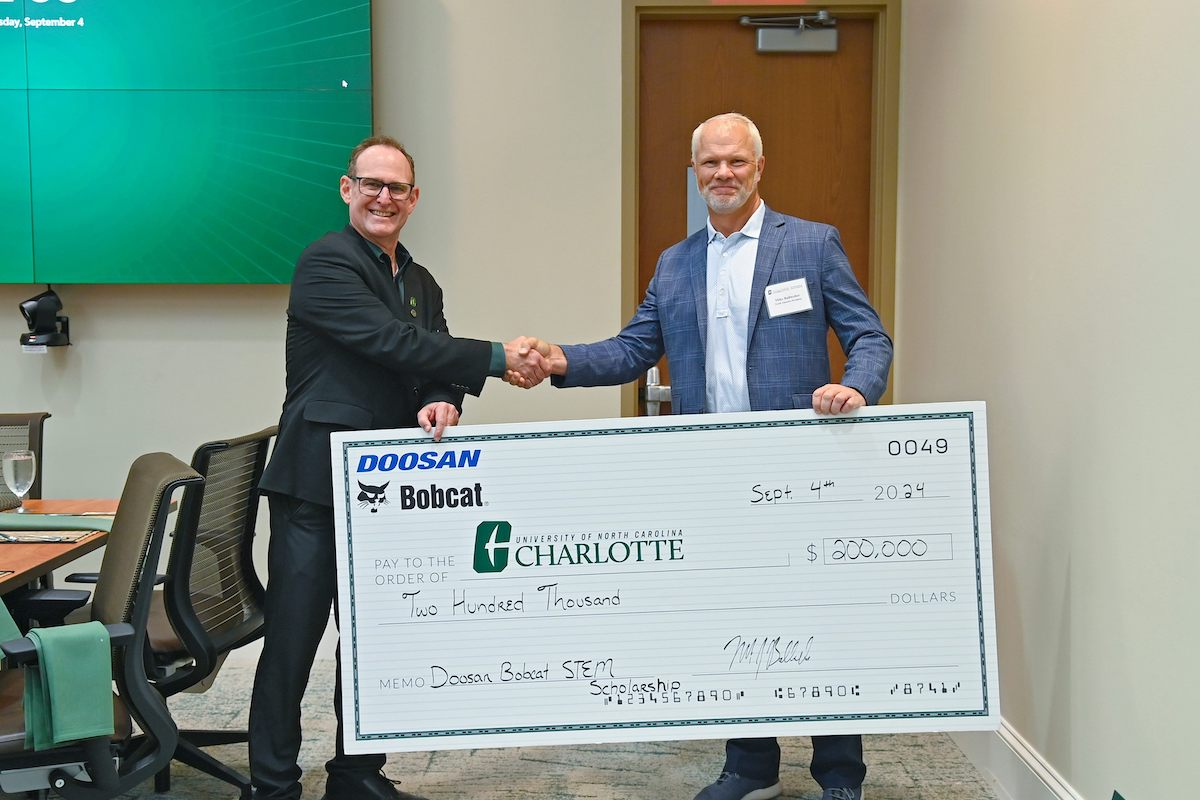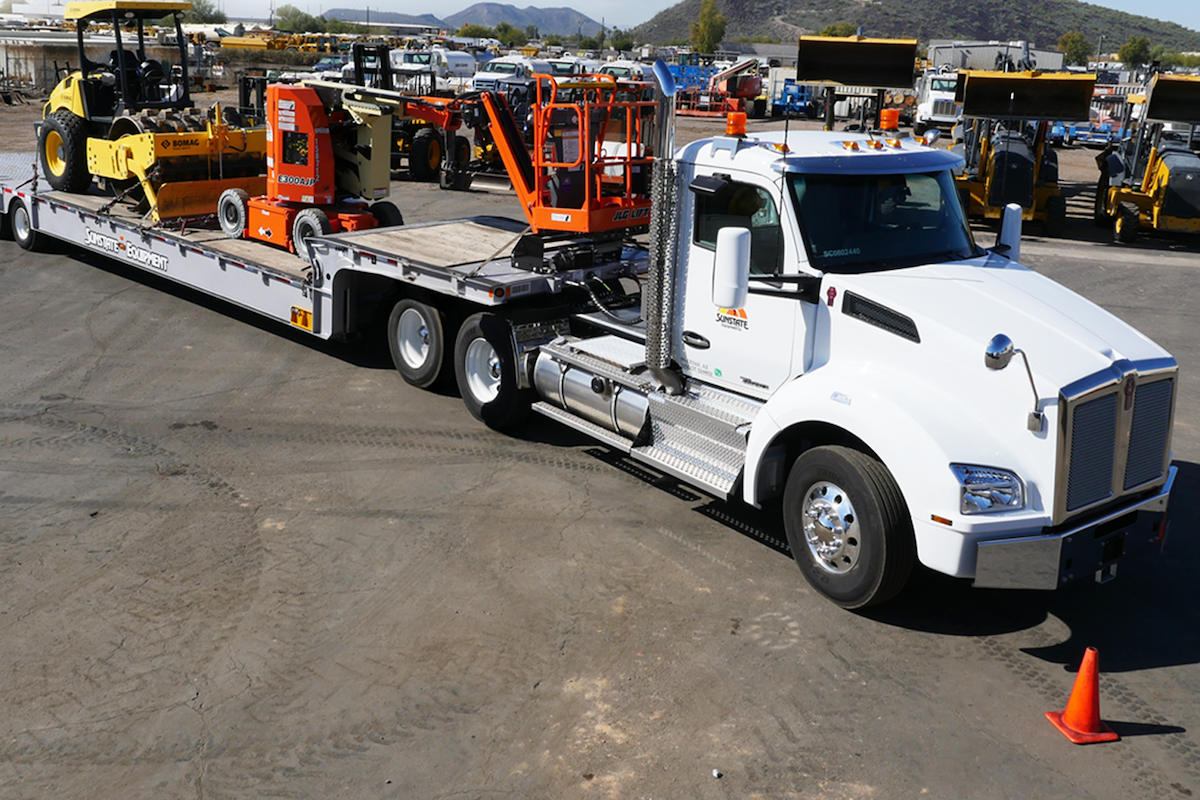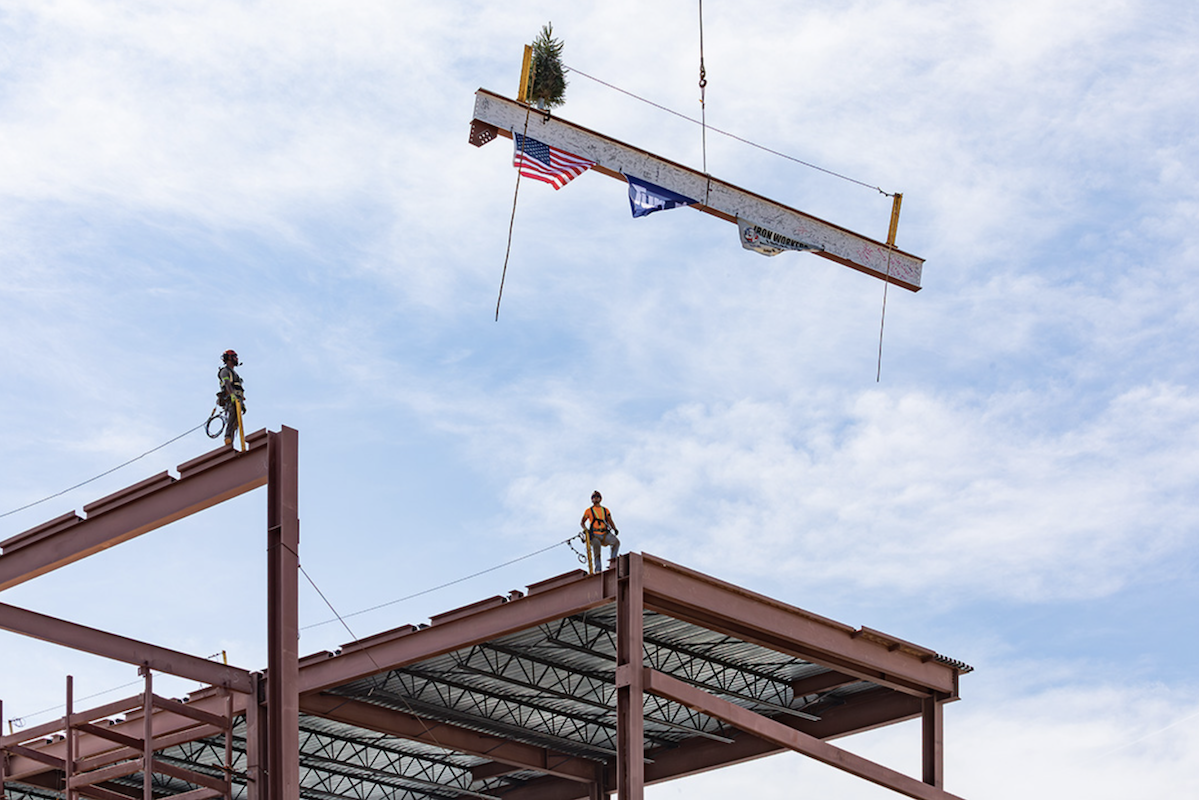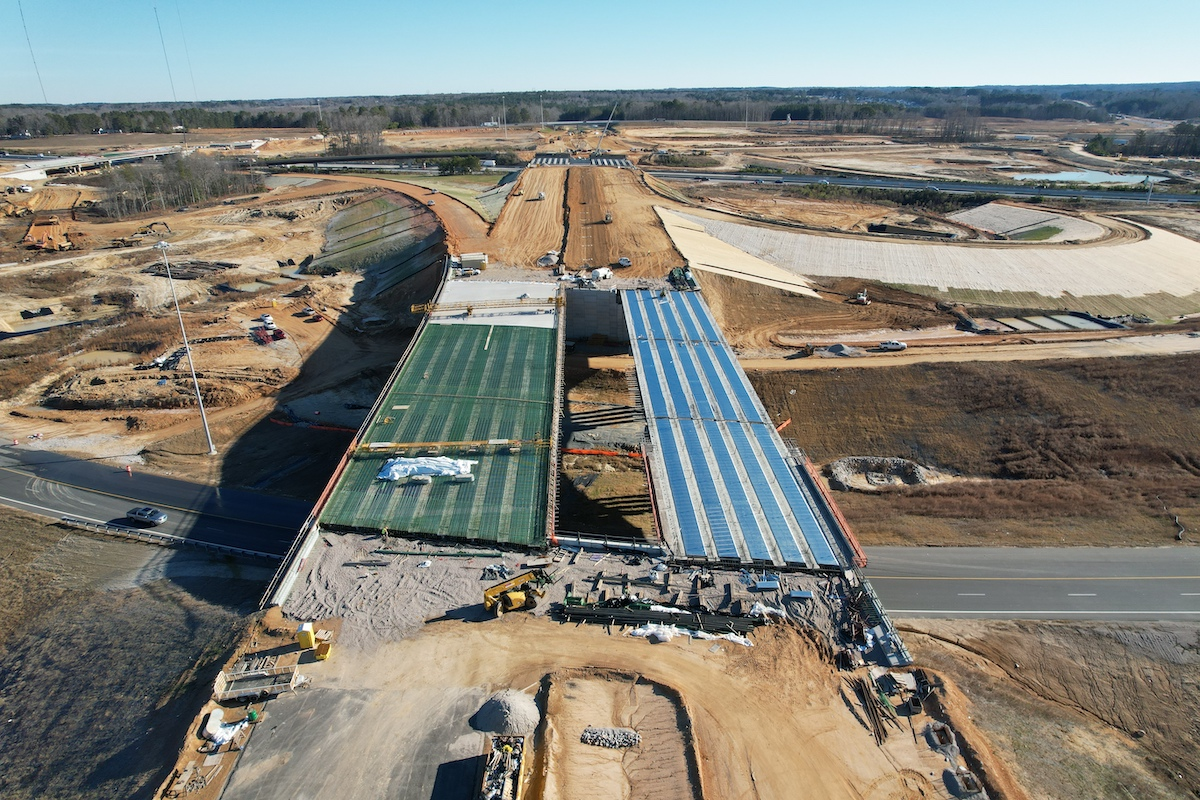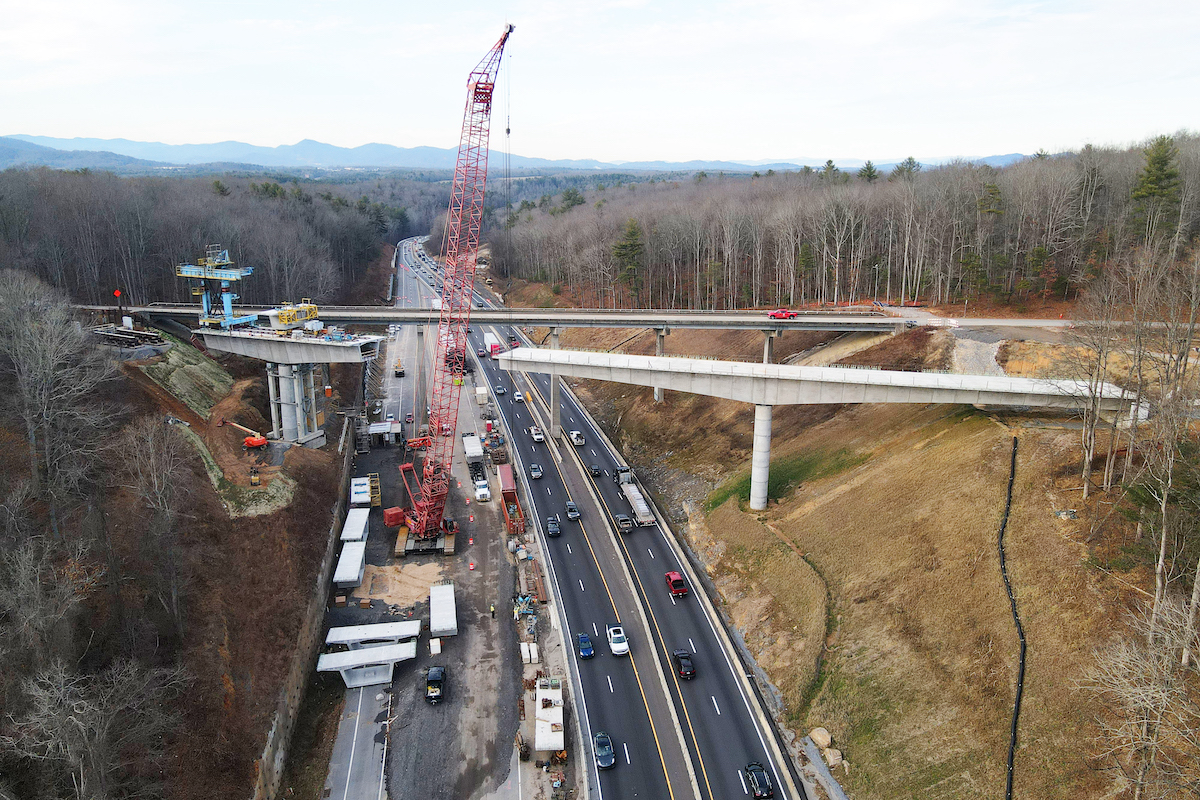The future looks bright, helped by demand for major infrastructure buildouts resulting from the November 2021 passage of the Biden administration’s $1 trillion infrastructure bill. Still, challenges remain. The Federal Reserve is implementing a series of near-term interest rate increases to combat growing inflationary pressures, which will further raise costs and compress profit margins.
Turning to industry prospects, the leading sectors poised for growth in nonresidential construction are manufacturing, commercial, communication, and health care. These sectors have weathered the pandemic with minimal disruptions to their businesses beyond initial declines seen in March and April 2020. As demand for these types of properties has remained strong – even with rising interest rates – these sectors will continue to capitalize on the cheap capital in the market to satisfy demand.
In industries most affected by the pandemic – particularly lodging, office, and education – the remainder of 2022 is unlikely to bring a turnaround. Each of these sectors saw declines in real estate use due to the pandemic and are only now recovering to just below pre-pandemic levels, with demand indicators such as throughput measured by the Transportation Security Administration, rate of return to the office, and city funding for education properties showing some improvement. Even with very affordable capital, many of the companies that operate property in these sectors are waiting to see what the long-term trends look like and how to best take advantage of consumer preferences moving forward.
According to Bloomberg, gross margins for publicly traded steel producers with revenue concentrations in the United States rose to 24.2 percent in the fourth quarter of 2021 from a long-term average of 18.1 percent. At the same time, average margins for publicly traded forestry product companies – notably lumber producers – rose to 25.3 percent in the fourth quarter of 2021 from a long-term average of 15.2 percent.

| Your local Komatsu America Corp dealer |
|---|
| Linder Industrial Machinery |
At the same time, rapidly rising inflation can significantly hurt contractors, specifically those that have not bought large quantities of their materials at normalized prices or included appropriate price escalation clauses in their contracts. They may be at risk if they are unable to negotiate change orders with customers.
Producers of steel and cement stand to profit the most from passage of the new infrastructure legislation. The largest building product beneficiary will be cement, for which pricing is highly inelastic due to a lack of suitable product substitutes. Couple this with the copious amounts of cement needed to resurface America’s highways, and the next five years could see a doubling of profit within the cement industry.
The steel industry also stands to gain, in part due to rebar’s complementary function with cement, and because the construction industry is one of the largest markets for finished steel products in the United States – consuming about 44 percent of all annual domestic steel shipments, according to a Morgan Stanley study. Moreover, the infrastructure bill highlights certain sustainable projects such as wind turbines and electrical grids that will require significant amounts of steel. The combination of factors set to boost demand makes it likely that steel companies will continue to see profitability rise as infrastructure dollars are deployed.
Despite the very recent trend in promoting the skilled trades, a large gap in employment in the construction industry remains, resulting in large part from an exodus of labor that began during the Great Recession. Even as construction demand has surged during the post-recession recovery, workers have not rushed back in to fill jobs. Many in the younger generations are opting for less physically demanding jobs in a market favorable to labor, leaving the industry without a replacement bench to satisfy continued demand.
To help ease some of the inflationary pressures, contractors should take a three-pronged approach to limit exposure of their operations:
- Incorporate price escalation clauses into contracts
- Preorder materials or look for alternative, more affordable substitutes that can meet contractual requirements
- Communicate early and often with both suppliers and customers to stay abreast of what is occurring in their businesses and how those conditions may affect them down the line

| Your local Bomag Americas dealer |
|---|
| Linder Industrial Machinery |
















